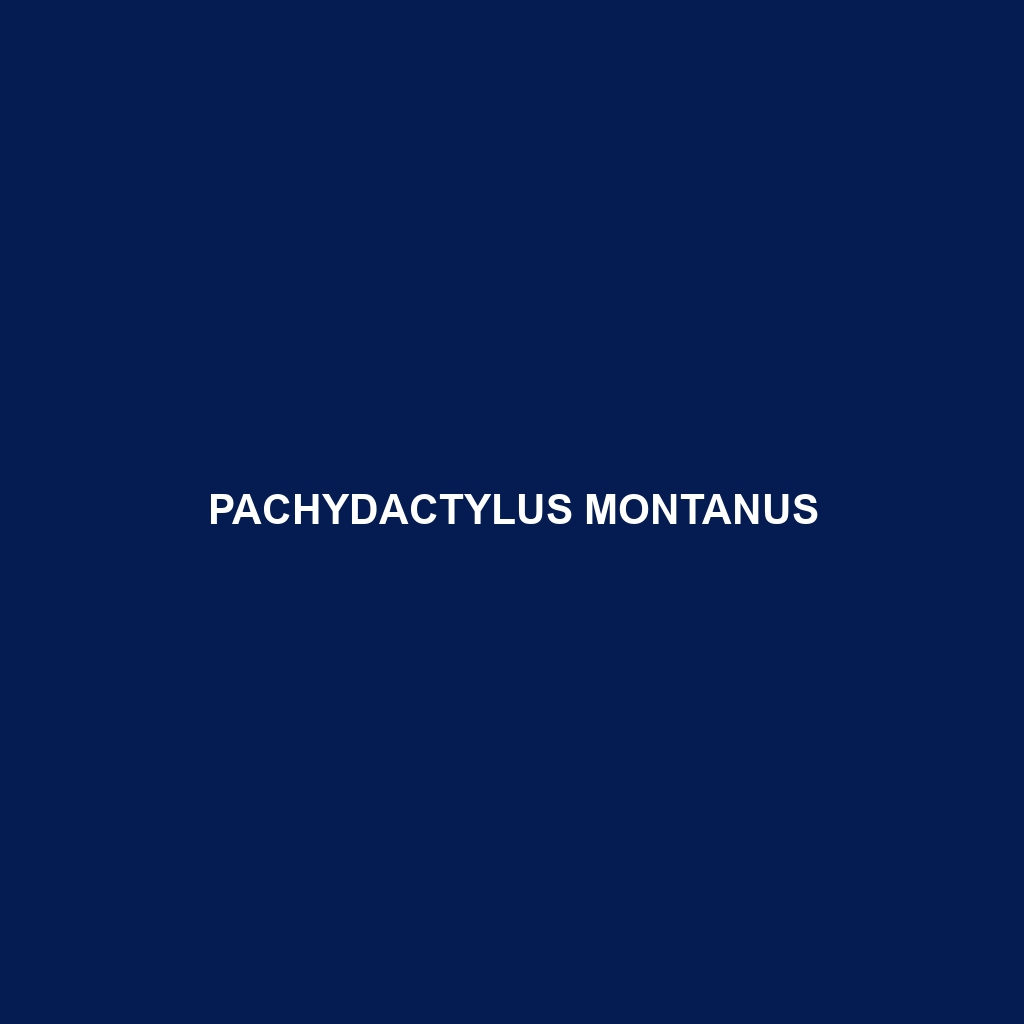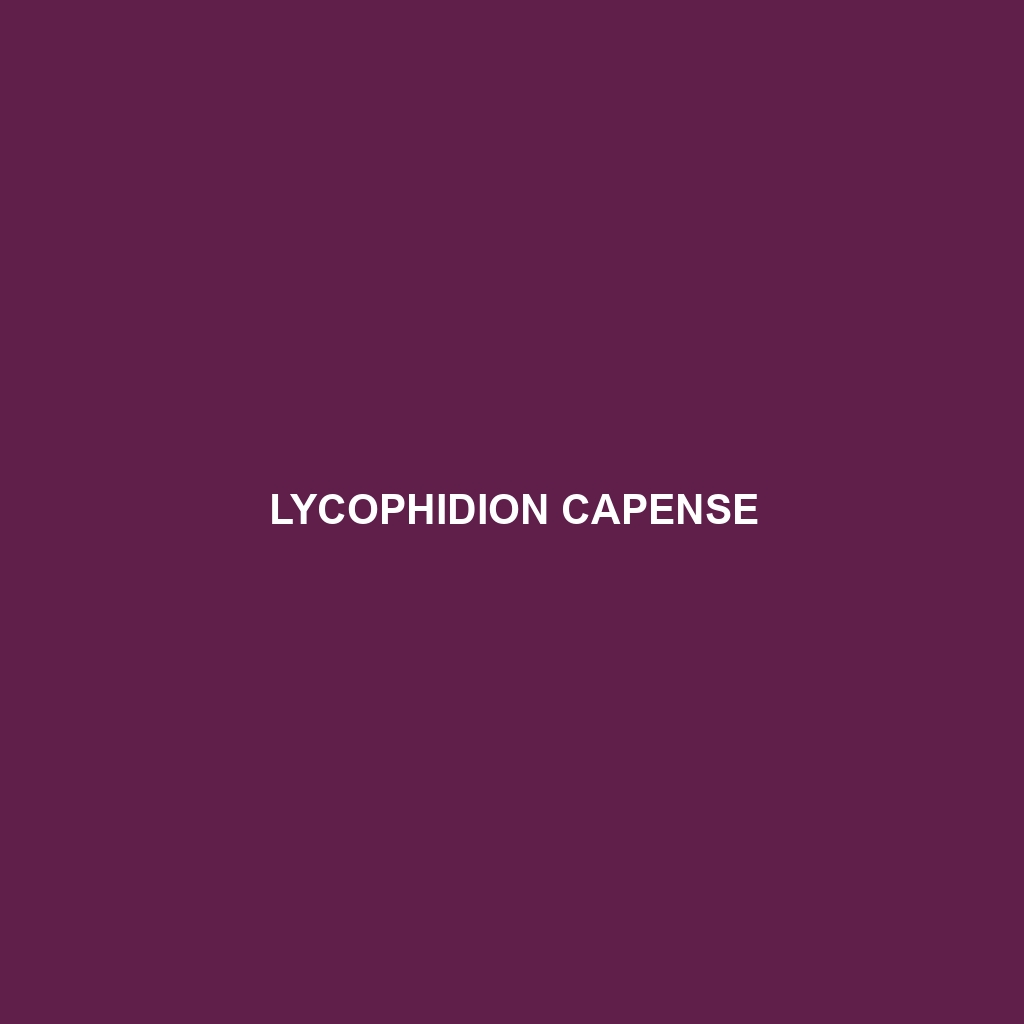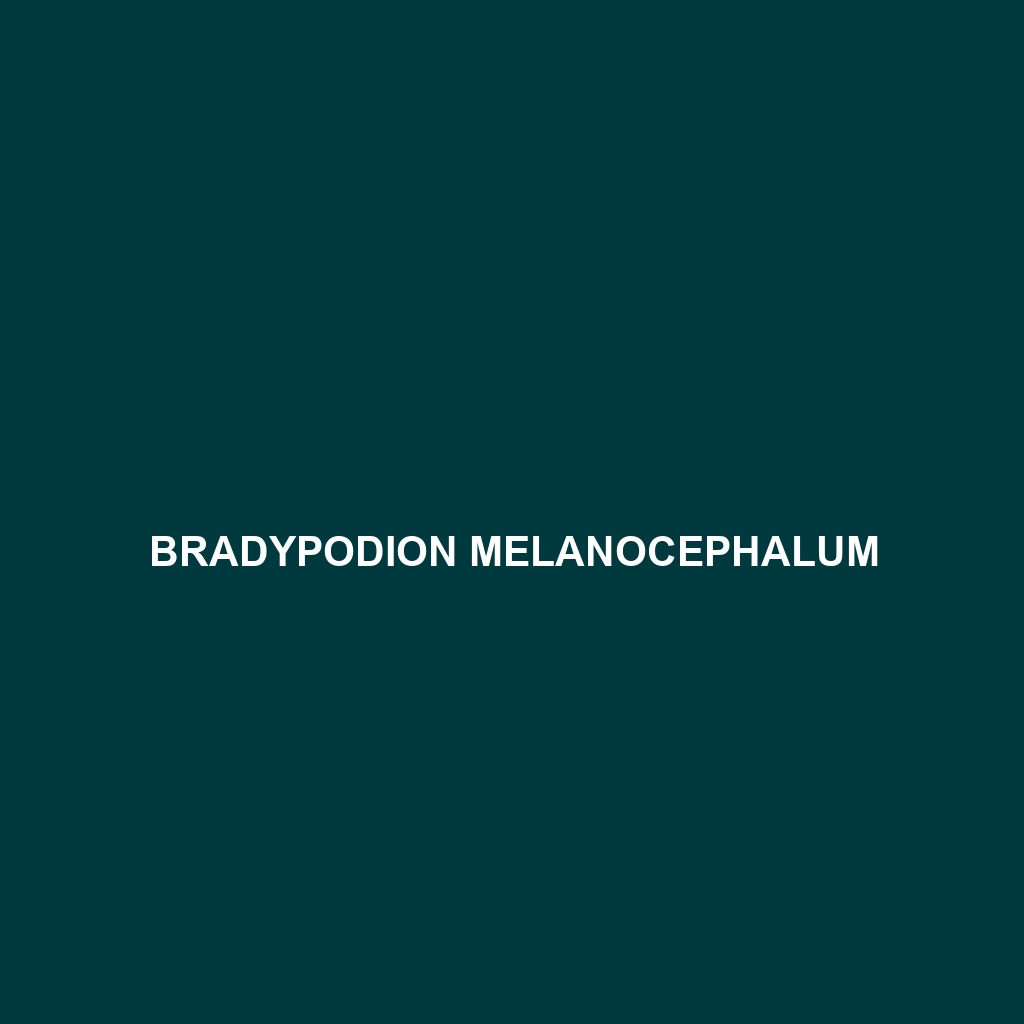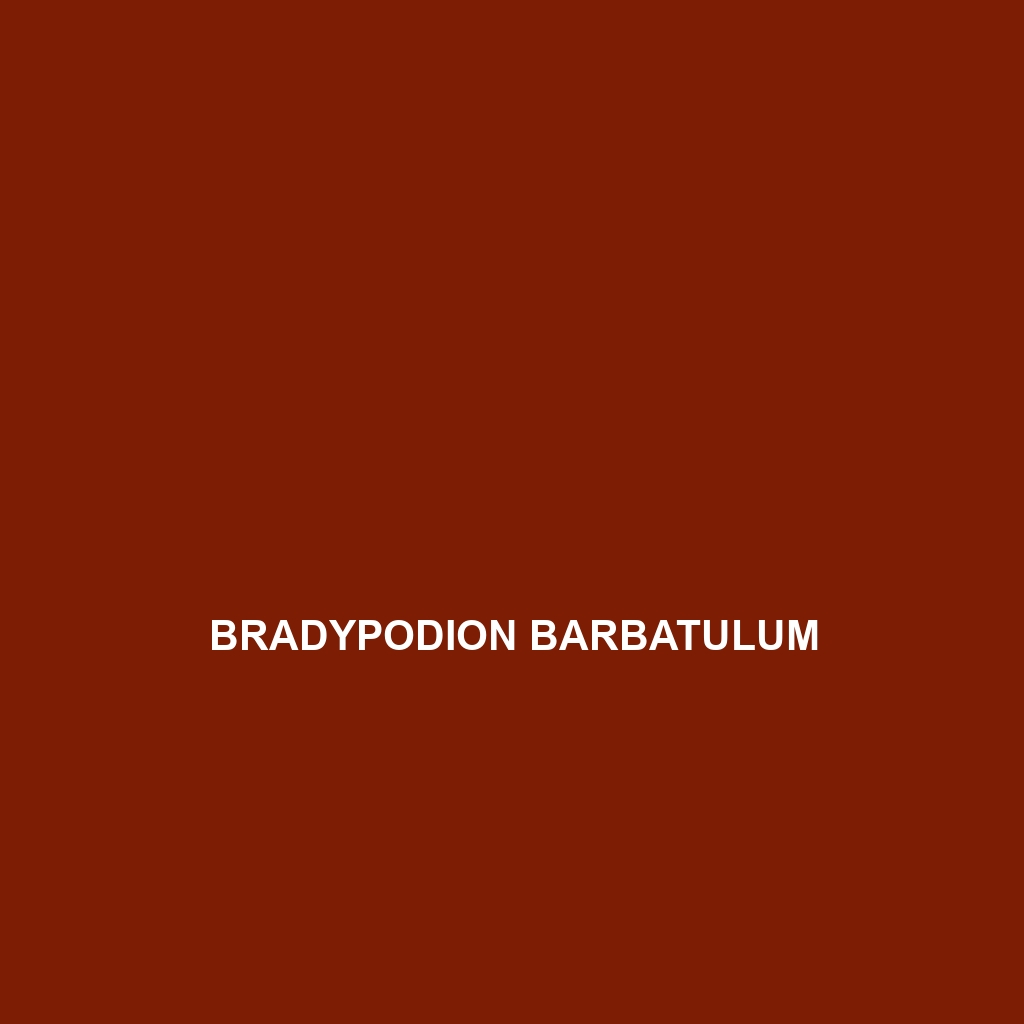<b>Ramigekko swartbergensis</b>, also known as the Swartberg Gecko, thrives in the rocky slopes of South Africa's Swartberg Mountains. With striking color patterns for camouflage, this diurnal insectivore exhibits territorial behavior and plays a crucial role in its ecosystem by controlling insect populations and serving as prey for larger predators.
Tag: South African reptiles
Ptenopus garrulus
Discover the Ptenopus garrulus, or garrulous gecko, a nocturnal reptile native to the sandy savannas and dry woodlands of southern Africa. With its distinct coloration, specialized toe pads, and fascinating behaviors, this insectivorous species plays a crucial role in its ecosystem as a natural pest controller.
Ramigekko swartbergensis
<b>Ramigekko swartbergensis</b>, also known as the Swartberg Gecko, thrives in the rocky slopes of South Africa's Swartberg Mountains. With striking color patterns for camouflage, this diurnal insectivore exhibits territorial behavior and plays a crucial role in its ecosystem by controlling insect populations and serving as prey for larger predators.
Ptenopus garrulus
Discover the Ptenopus garrulus, or garrulous gecko, a nocturnal reptile native to the sandy savannas and dry woodlands of southern Africa. With its distinct coloration, specialized toe pads, and fascinating behaviors, this insectivorous species plays a crucial role in its ecosystem as a natural pest controller.
Pachydactylus montanus
<p><b>Pachydactylus montanus</b>, or the Montane Gecko, is a medium-sized gecko native to the rocky, arid regions of southern Africa, known for its robust body, large adhesive toe pads, and nocturnal hunting behavior. This insectivorous species plays a vital role in its ecosystem by controlling insect populations while showcasing fascinating courtship displays during mating season.</p>
Pachydactylus boehmei
Boehme's Thick-toed Gecko (<i>Pachydactylus boehmei</i>) is a robust, nocturnal insectivore native to Namibia and South Africa, characterized by its sandy beige to light brown coloration and exceptional camouflage abilities. Adapted to arid, rocky habitats, this gecko plays a vital role in controlling insect populations and serves as an important prey species within its ecosystem.
Lycophidion capense
<b>Lycophidion capense</b>, commonly known as the Cape Wolf Snake, is a small to medium-sized, non-venomous snake native to southern Africa, primarily found in savannas and temperate forests. This nocturnal predator plays a vital role in its ecosystem by controlling populations of small mammals and insects, showcasing a distinctive gray, brown, or tan coloration with dark bands for effective camouflage.
Chamaesaura tenuior
Discover the <i>Chamaesaura tenuior</i>, a small, agile lizard from the grassy plains and savannas of southern Africa, known for its distinct camouflage and insectivorous diet. With a slender body reaching 10-20 cm, it plays a crucial role in regulating insect populations while exhibiting fascinating social behaviors.
Bradypodion kentanicum
Discover the stunning <b>Bradypodion kentanicum</b>, or Kentan chameleon, a vibrant species native to the coastal forests of South Africa's Eastern Cape. With its impressive color-changing ability and unique arboreal behavior, this chameleon is both a captivating pet and an essential part of its ecosystem, helping to control local insect populations.
Bradypodion atromontanum
Discover the unique Bradypodion atromontanum, a small chameleon measuring 15-20 cm, known for its striking color-changing abilities and distinct horn-like casque, thriving in South Africa's montane forests and grasslands. This vulnerable species is crucial for maintaining insect populations and serves as an indicator of ecological health in its habitat.









